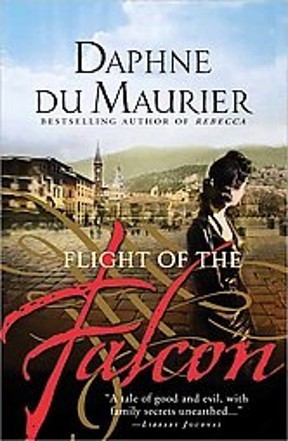What do you think?
Rate this book


368 pages, Paperback
First published January 1, 1965



https://wordpress.com/view/carolshess...
salute the courage of a man who dared
The old are always frightened of the young, but you represent a threat to their whole way of life
“You know the one thing that nobody in our country can endure?” he asked lightly, holding his glass against the light. “Not only our country but throughout the world, and right through history? Loss of face. We create an image of ourselves, and someone destroys the image. We are made to look ridiculous. You talked just now about humiliation, which is the same thing. The man, or the nation, who loses face either never recovers and so disintegrates, or learns humility, which is a very different thing from humiliation"
I’m here to bring trouble and discord, to set one man against the other, to bring all the violence and hypocrisy and envy and lust out into the open, onto the surface, like the scum on Domenico’s pool. Only then, when it bubbles and seethes and stinks, can we clear it away.
once is no good